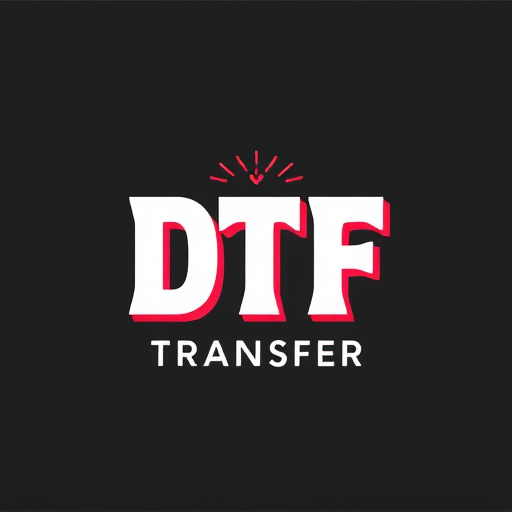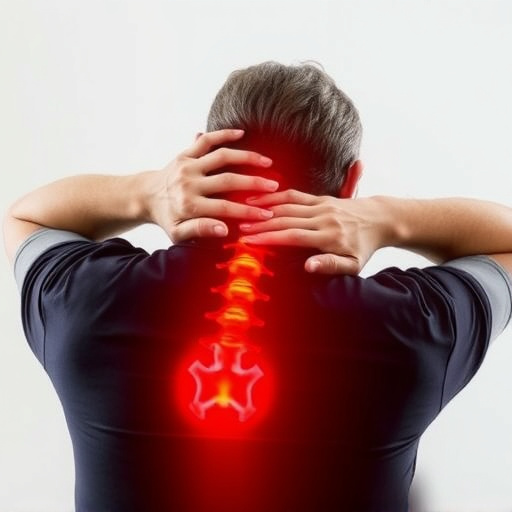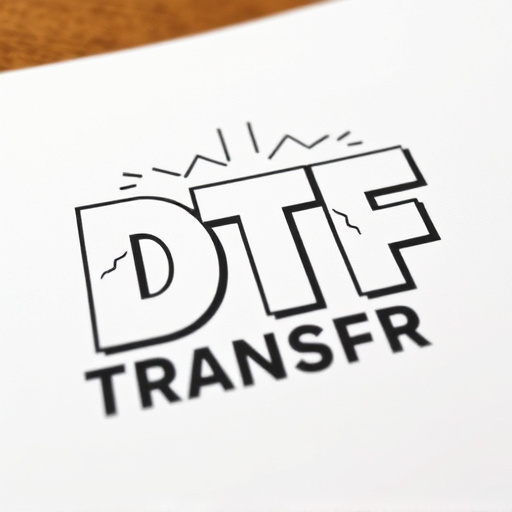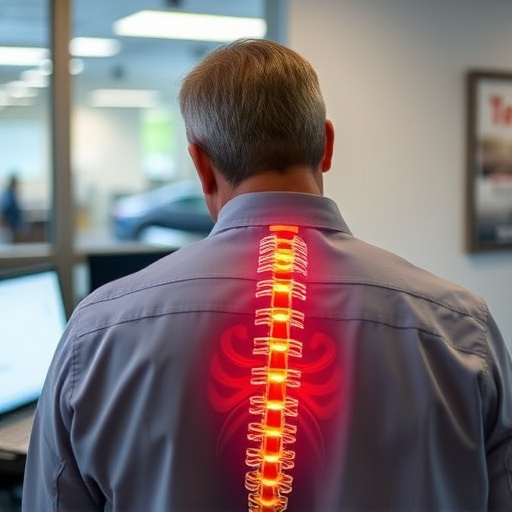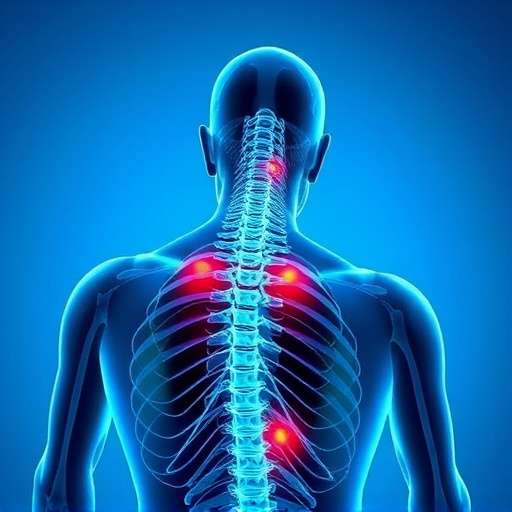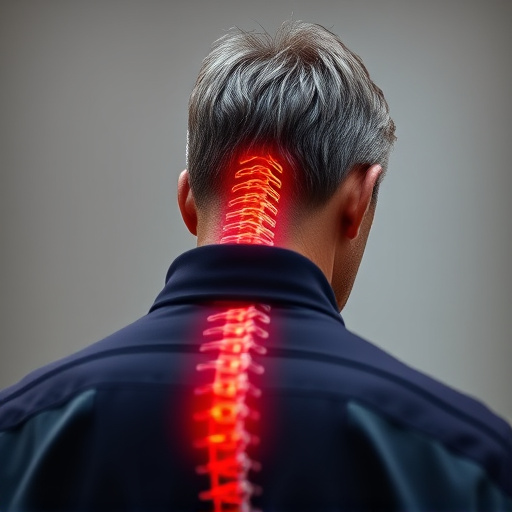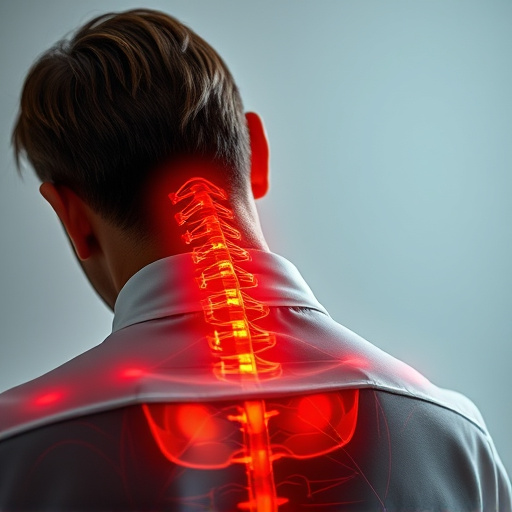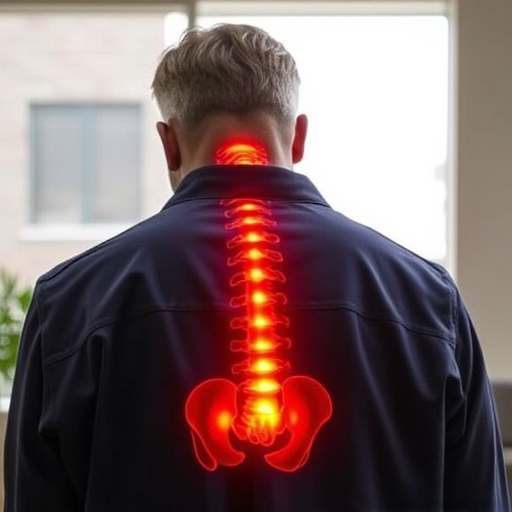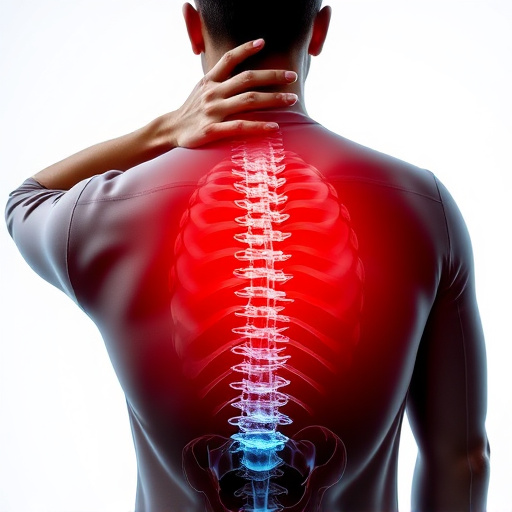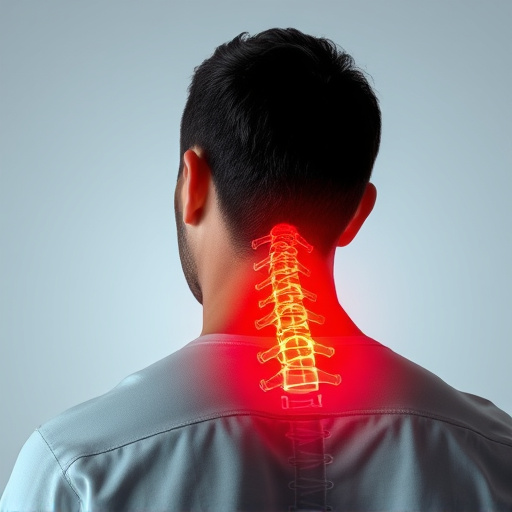Vehicle collisions often result in severe neck and back injuries, requiring a comprehensive treatment approach for effective neck and back pain relief. This includes immediate pain management and long-term recovery strategies. Specialized care combines medical treatments, physical therapy, and psychological support to address acute and chronic symptoms. Physical therapy, with its manual manipulation, exercises, and education, is key to restoring mobility and strengthening muscles. Long-term strategies like chiropractic care, tailored exercise, and postural adjustments prevent future injuries and promote overall well-being, ensuring lasting neck and back pain relief.
After a vehicle collision, specialized care is crucial for managing neck and back injuries. This comprehensive guide delves into the various aspects of post-collision recovery, focusing on effective pain management strategies. We explore common symptoms affecting the neck and back, highlighting therapeutic interventions like physical therapy for accelerated healing. Learn about long-term strategies to prevent recurring issues and achieve lasting neck and back pain relief.
- Understanding Vehicle Collision Injuries: A Comprehensive Overview
- The Impact on Neck and Back: Common Concerns and Symptoms
- Specialized Care Approaches for Effective Pain Management
- Therapeutic Interventions for Neck and Back Pain Relief
- Role of Physical Therapy in Post-Collision Recovery
- Long-Term Strategies for Sustaining Neck and Back Health
Understanding Vehicle Collision Injuries: A Comprehensive Overview
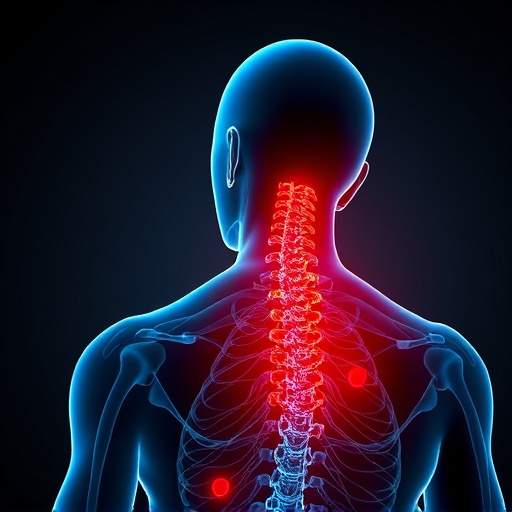
Vehicle collisions can cause a wide range of injuries, often affecting the most vulnerable areas of the body, such as the neck and back. Understanding these types of injuries is crucial for effective treatment and rehabilitation. Neck and back pain relief is typically a top priority after an accident, as these regions play a vital role in supporting the upper body and enabling mobility.
The impact during a collision can result in various conditions, including whiplash, herniated discs, and spinal cord injuries. Whiplash, a common neck injury, occurs when the head suddenly snaps forward or backward, causing muscle strains and nerve damage. Herniated discs, on the other hand, happen when the soft inner nucleus pushes through a torn outer layer, putting pressure on nearby nerves, leading to back and/or leg pain. Specialized care after such accidents involves a comprehensive approach, addressing both acute pain management and long-term recovery goals, ensuring individuals receive the appropriate neck and back pain relief they need for a successful recovery.
The Impact on Neck and Back: Common Concerns and Symptoms
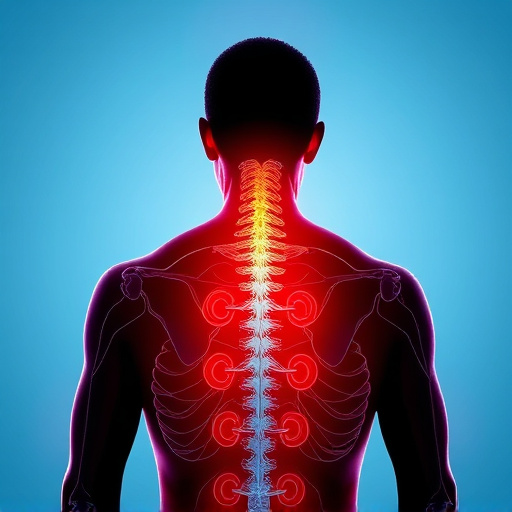
Vehicle collisions can result in a range of injuries, with those affecting the neck and back being particularly common. The impact of such accidents often leads to severe pain and discomfort in these areas, which can have significant implications for an individual’s daily life and overall well-being. Neck and back pain relief is a primary concern for many victims, as these regions play crucial roles in supporting the body and enabling mobility.
Symptoms may include acute or chronic neck pain, stiffness, and headaches, often radiating to the shoulders and arms. Back injuries can manifest as sharp or dull aches, limited range of motion, and even numbness or tingling sensations extending down the legs. The severity of these symptoms varies depending on the force of impact and individual factors, but they commonly persist long after the initial accident, requiring specialized care for effective management and pain relief.
Specialized Care Approaches for Effective Pain Management
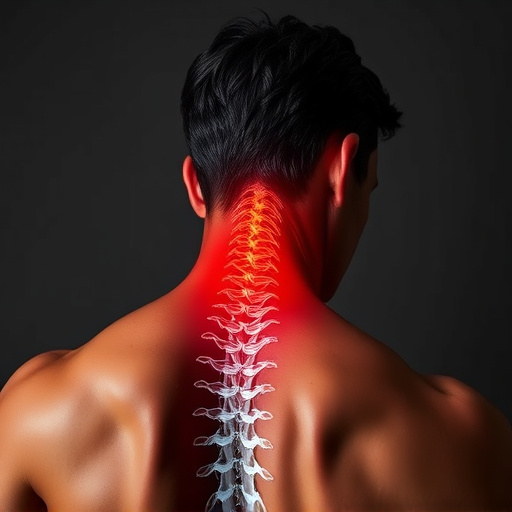
Specialized care approaches play a pivotal role in managing pain effectively for individuals post-vehicle collision injuries, particularly focusing on alleviating neck and back pain relief. Healthcare professionals employ a multi-faceted strategy that combines medical treatments, physical therapy, and psychological support. Advanced modalities such as spinal manipulation therapy, massage, and targeted medication management help reduce inflammation and alleviate chronic pain syndromes common in these regions.
Additionally, specialized care involves tailored exercise routines designed to strengthen muscles and improve flexibility, thereby enhancing the healing process and reducing re-injury risks. Psychological interventions, like cognitive-behavioral therapy, are integrated to address the emotional toll of accidents, offering coping mechanisms for stress and anxiety that often accompany chronic pain conditions.
Therapeutic Interventions for Neck and Back Pain Relief
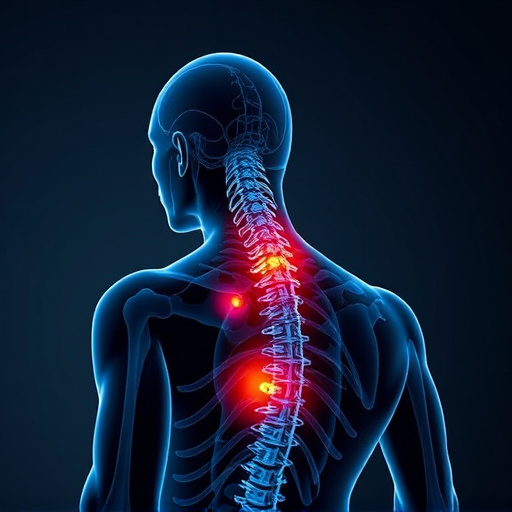
After a vehicle collision, many individuals suffer from neck and back pain, which can significantly impact their quality of life. Therapeutic interventions play a crucial role in managing and alleviating these symptoms. One effective approach is physical therapy, tailored to address specific muscle strains and injuries. Trained therapists employ various techniques, such as manual manipulation, targeted exercises, and heat/cold therapy, to reduce pain and improve mobility.
Additionally, cognitive-behavioral therapy (CBT) has proven beneficial for managing chronic neck and back pain. CBT helps patients challenge negative thought patterns associated with their injury, promoting a more positive mindset. This psychological support, combined with physical treatments, can lead to enhanced recovery and improved overall well-being for individuals post-vehicle collision.
Role of Physical Therapy in Post-Collision Recovery
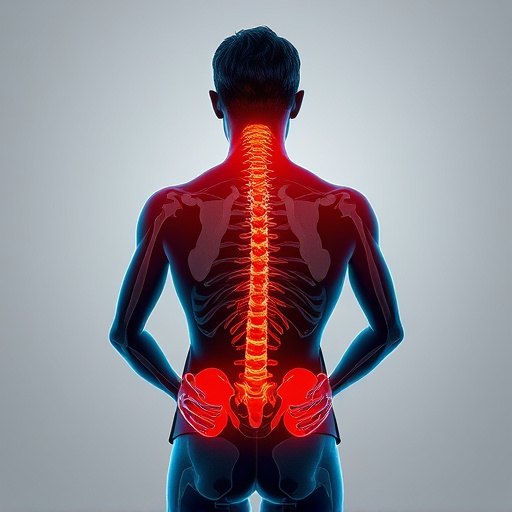
After a vehicle collision, physical therapy plays a pivotal role in facilitating recovery for individuals suffering from neck and back pain. This specialized care approach is tailored to address the unique challenges that arise from such incidents, focusing on both the musculoskeletal system and any associated cognitive or emotional trauma.
Physical therapists employ a comprehensive range of techniques, including manual therapy, exercise prescription, and modalities like heat and cold therapy, to provide neck and back pain relief. They work closely with patients to restore mobility, strengthen muscles, and improve overall function while also educating them on injury prevention strategies. This holistic approach not only aids in the immediate recovery process but also empowers individuals to manage their conditions effectively in the long term.
Long-Term Strategies for Sustaining Neck and Back Health
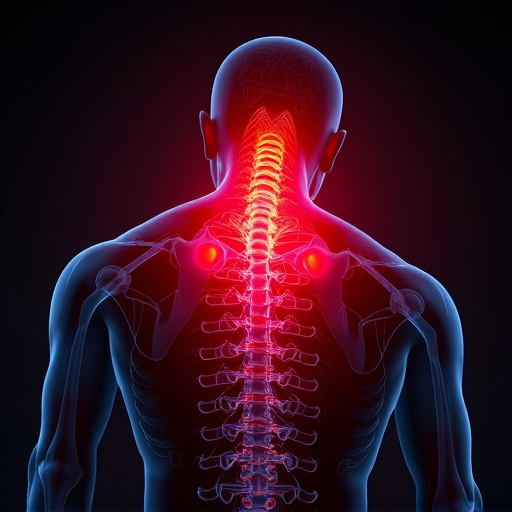
After a vehicle collision, it’s crucial to implement long-term strategies for maintaining neck and back health. Post-accident care should extend beyond immediate pain relief, focusing on rehabilitation and preventive measures. Chiropractic care, physical therapy, and regular exercise tailored to strengthen core muscles can significantly improve spinal health and reduce the risk of future injuries.
These strategies involve a holistic approach, including postural adjustments, stretching exercises, and targeted strength training. By combining these techniques, individuals can achieve lasting neck and back pain relief while enhancing their overall well-being. Regular check-ups with healthcare professionals ensure ongoing monitoring and adjustments to maintain spinal alignment and promote long-term recovery.


